A corner of the Temple of Tro seen from above.
Tro Temple, where the goddess Ngo Thi Thanh and the fertility symbol “No - Nuong” are worshipped, was recognized as a provincial historical and cultural relic in 2007. This relic is not only a sacred place of worship but also the main stage of the Tro Tram Festival, a national intangible cultural heritage. Every year, on January 11 and 12, Tro Temple becomes the center of the festival, where traditional rituals, especially the “Secret Ceremony” with fertility beliefs, are solemnly and sacredly reenacted, expressing wishes for a peaceful life and bountiful harvests.
In 2019, Mieu Tro was renovated and embellished with a total cost of 17 billion VND, bringing a more spacious appearance. After being renovated, Mieu Tro has a total area of 1,188m2, including items such as Nghi Mon, Mieu Tro, Guest House and auxiliary works, all of which are harmoniously designed, creating an architectural complex that is both ancient and modern.
Performing the play "Tu dan chi nghiep" (also known as Bach nghe nhan lan) at the Tro Tram Festival.
If the Tro Tram Festival only takes place for a few short days, another heritage quietly exists, cultivating the cultural space at Mieu Tro throughout the year. That is Binh Dinh Traditional Martial Arts, a national intangible cultural heritage recognized in 2012. Binh Dinh Martial Arts is not only a martial art, but also the crystallization of the martial spirit, indomitable will and noble behavior of the Vietnamese people. At Mieu Tro, this martial art has become a sport , a healthy playground for many generations. At the end of each afternoon, the space here is bustling with decisive shouts and strong punches of young martial artists.
Martial arts students practice traditional Binh Dinh martial arts on the Mieu Tro yard.
Not only practicing techniques, martial arts students are also trained in discipline and self-awareness. Before each practice session, they automatically sweep leaves, arrange training tools such as weapons, sandbags, or ladders. Old martial arts students enthusiastically guide and support new students to wear the right and beautiful costumes. These small but meaningful actions make parents very excited and secure when sending their children to the school, because the children are not only healthy but also more mature in personality.
Master Hoang Thach Quan instructs martial arts students.
The Binh Dinh Traditional Martial Arts Club (Hoang Quan Family Binh Dinh Martial Arts School) here was established in 2006, with Master Hoang Thach Quan as the head. He shared: Martial arts not only help children practice health and self-defense skills but also foster morality, confidence and discipline. This is a meaningful playground, especially in the summer, helping children stay away from dangerous places such as lakes, rivers or watching too much TV and phones.
Currently, Binh Dinh Traditional Martial Arts is being profiled and submitted to UNESCO for consideration and recognition as an Intangible Cultural Heritage of Humanity. This once again affirms the great value of this martial art.
Not only practicing techniques, martial artists are also trained in discipline and self-discipline.
The presence of Vo Binh Dinh at Mieu Tro is a vivid demonstration of the connection between tangible and intangible heritage. Mieu Tro is not only an ancient architectural work, but has become a living cultural space, where traditional values are preserved and continued through each generation. The story at Mieu Tro is a typical example of how cultural heritages can interact and complement each other, creating a lasting vitality and long-lasting value in the heart of the community.
Le Hoang
Source: https://baophutho.vn/hai-di-san-tren-san-di-tich-238611.htm


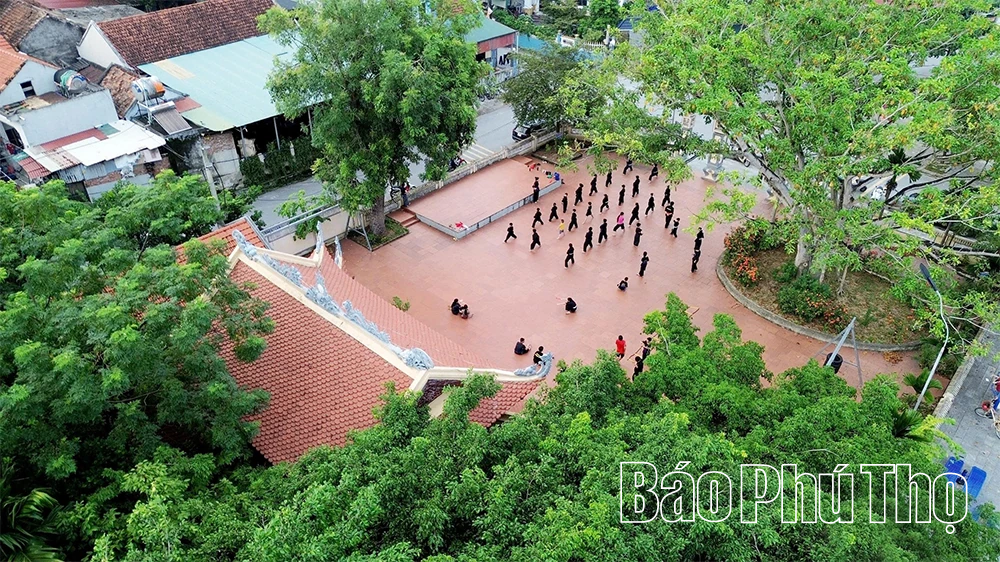
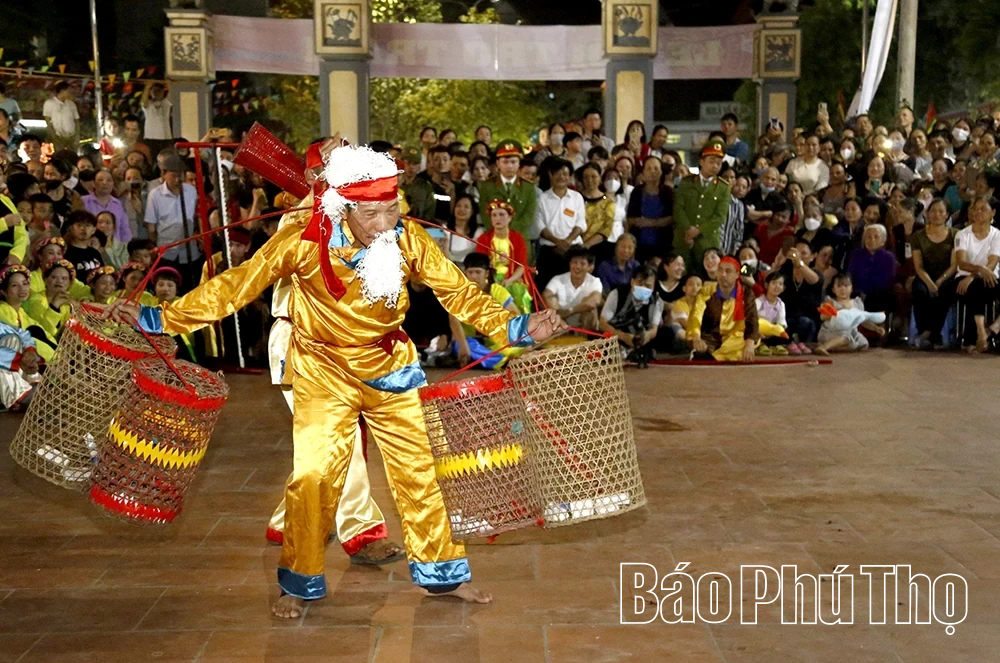
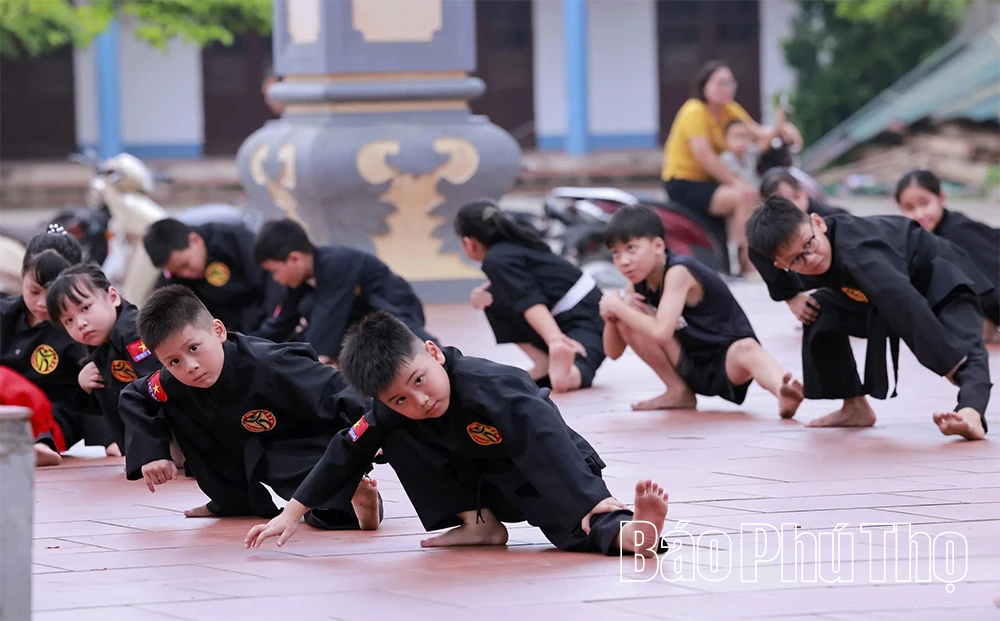
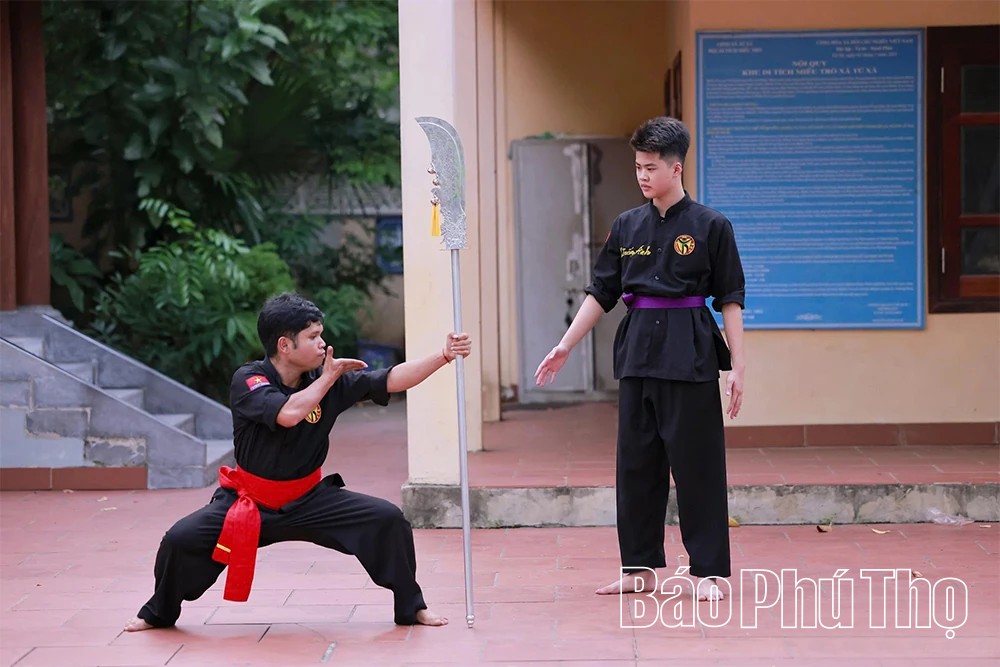
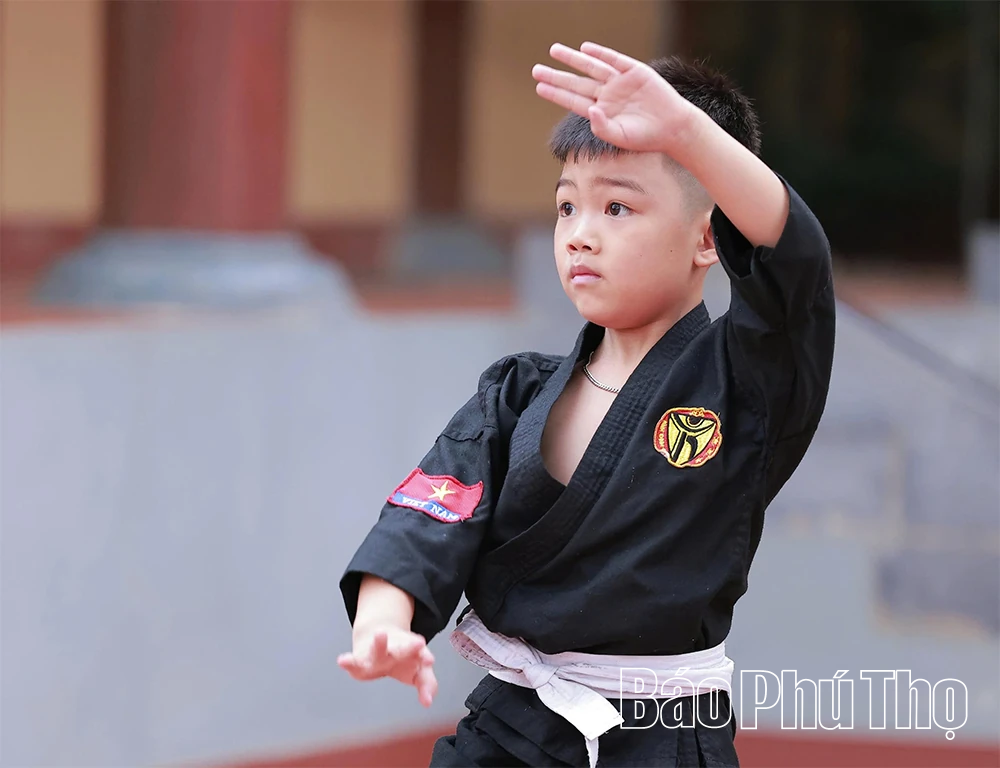

![[Photo] Flooding on the right side of the gate, entrance to Hue Citadel](https://vphoto.vietnam.vn/thumb/1200x675/vietnam/resource/IMAGE/2025/10/28/1761660788143_ndo_br_gen-h-z7165069467254-74c71c36d0cb396744b678cec80552f0-2-jpg.webp)

![[Photo] Draft documents of the 14th Party Congress reach people at the Commune Cultural Post Offices](https://vphoto.vietnam.vn/thumb/1200x675/vietnam/resource/IMAGE/2025/10/28/1761642182616_du-thao-tai-tinh-hung-yen-4070-5235-jpg.webp)

![[Photo] National Assembly Chairman Tran Thanh Man received a delegation of the Social Democratic Party of Germany](https://vphoto.vietnam.vn/thumb/1200x675/vietnam/resource/IMAGE/2025/10/28/1761652150406_ndo_br_cover-3345-jpg.webp)
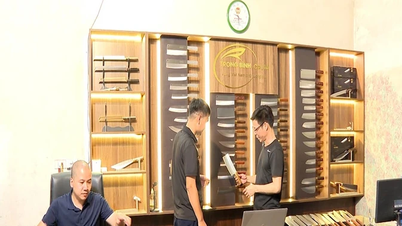
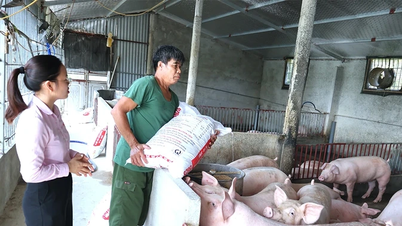
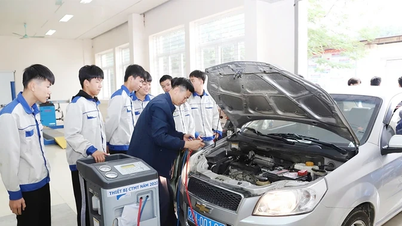
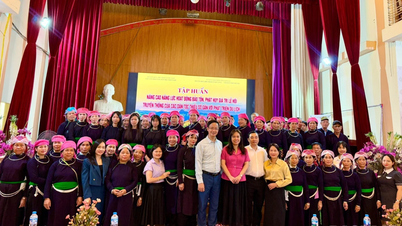

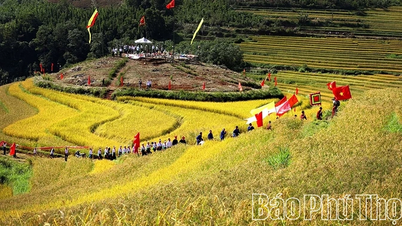
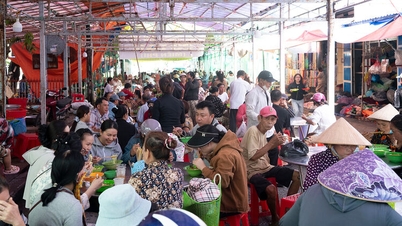

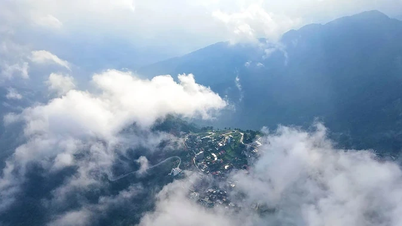
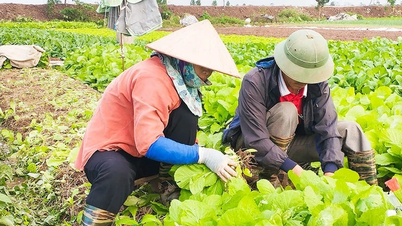
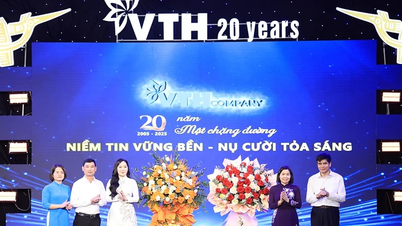
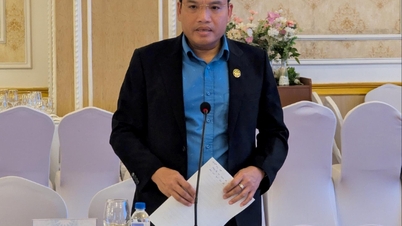

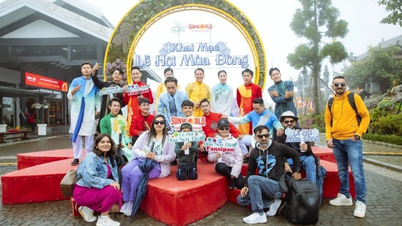





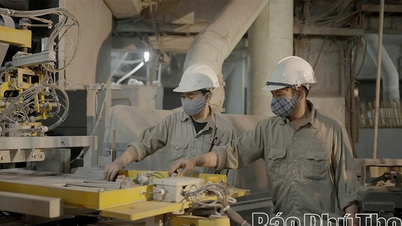
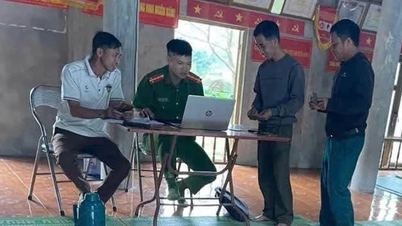
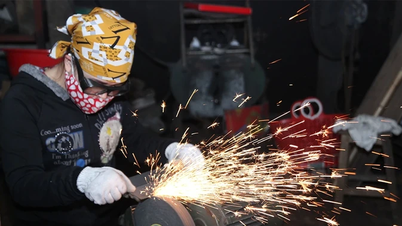
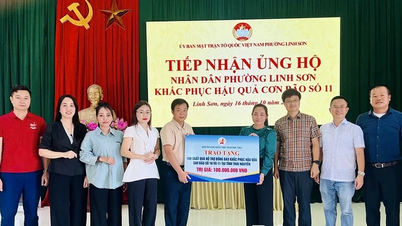



![[Photo] President Luong Cuong attends the 80th Anniversary of the Traditional Day of the Armed Forces of Military Region 3](https://vphoto.vietnam.vn/thumb/1200x675/vietnam/resource/IMAGE/2025/10/28/1761635584312_ndo_br_1-jpg.webp)




















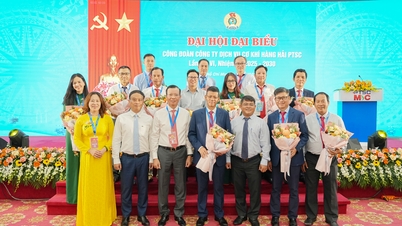
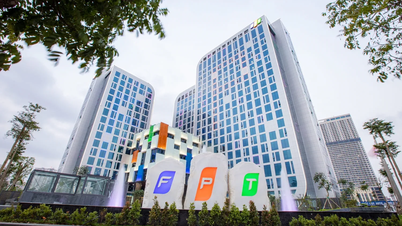
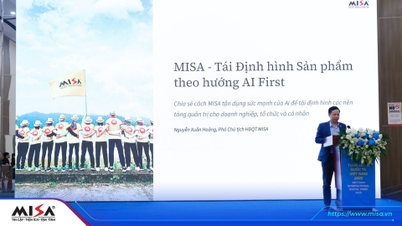









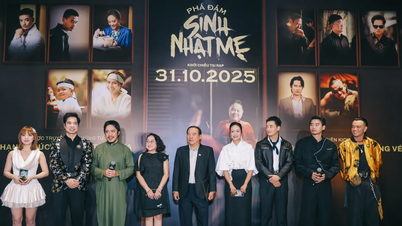

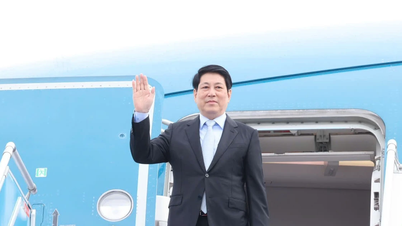

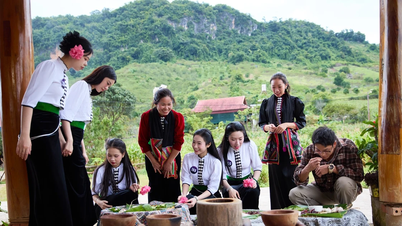

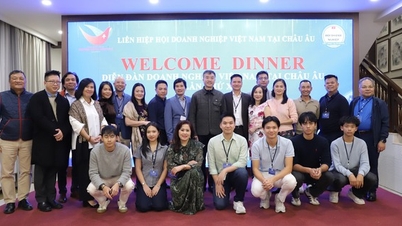



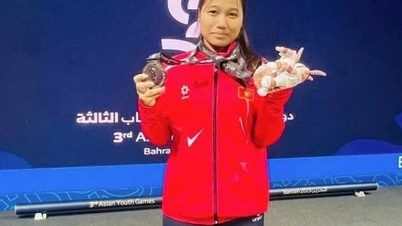


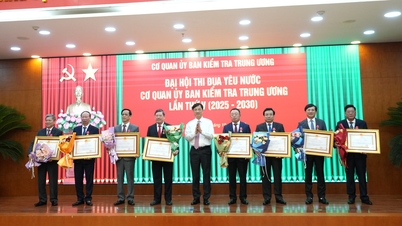

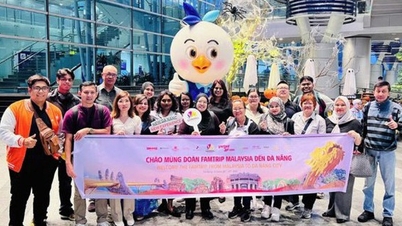


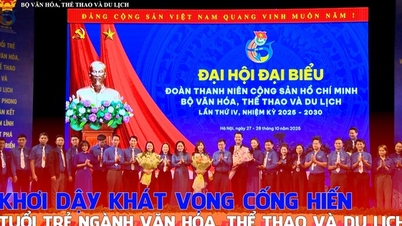
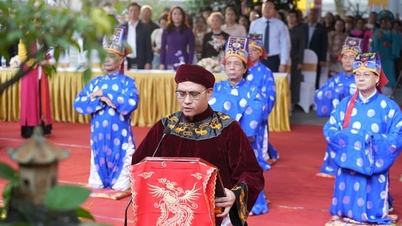



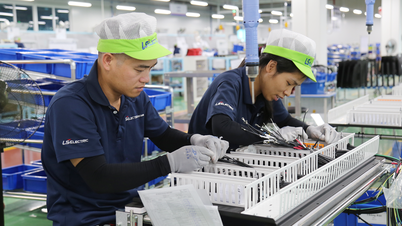

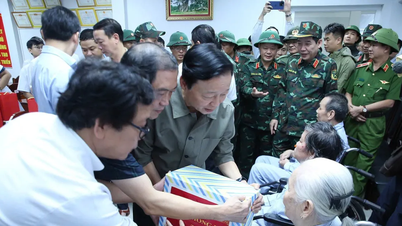
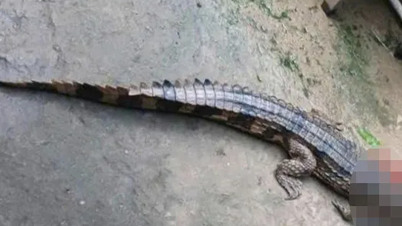
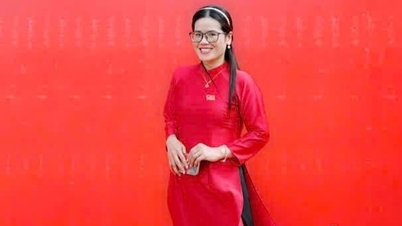










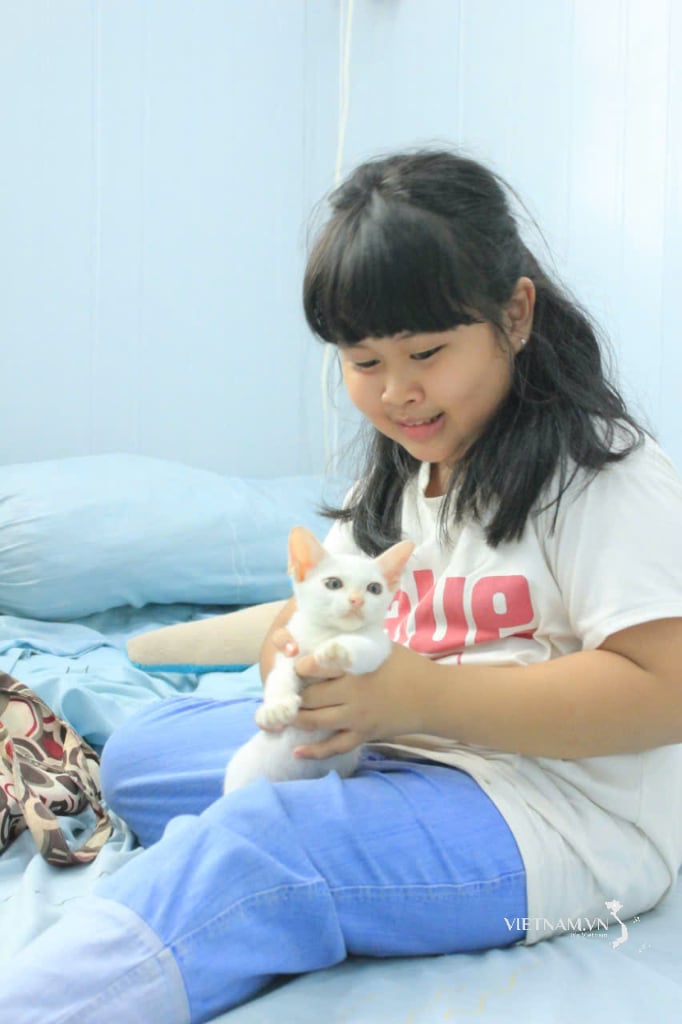


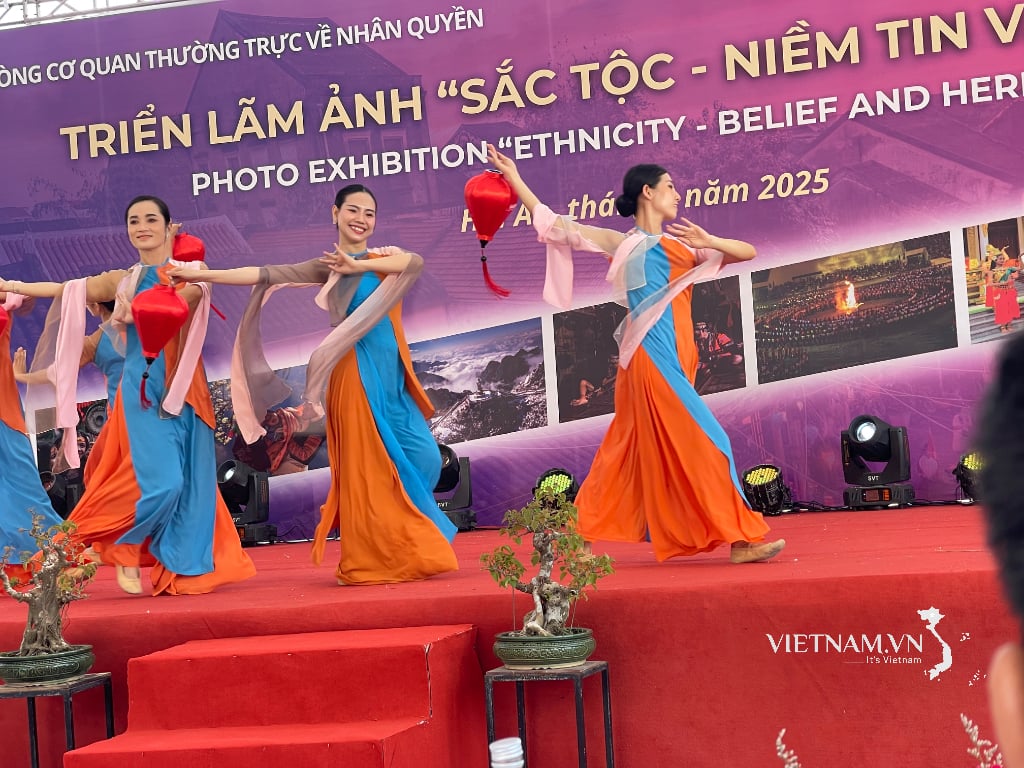
Comment (0)